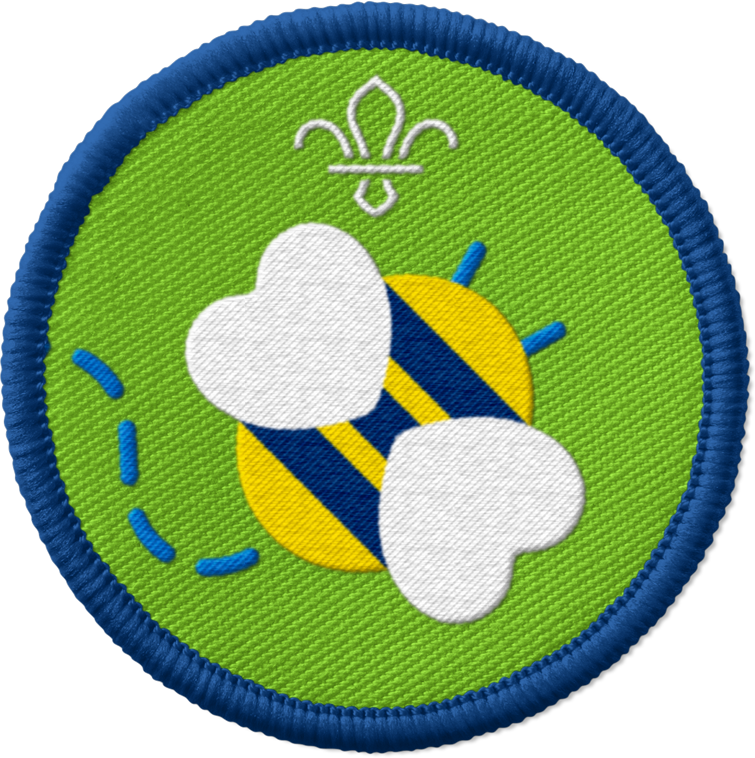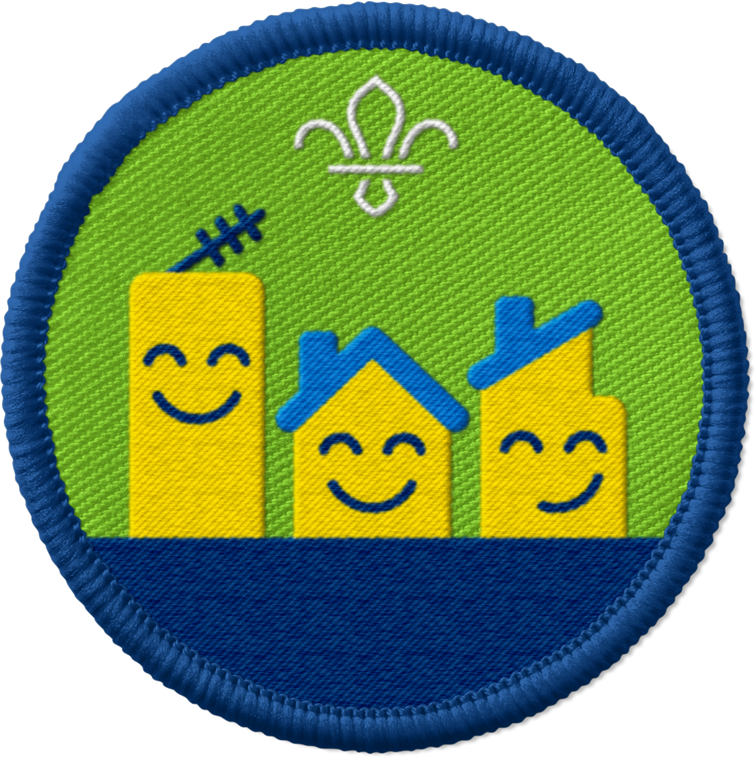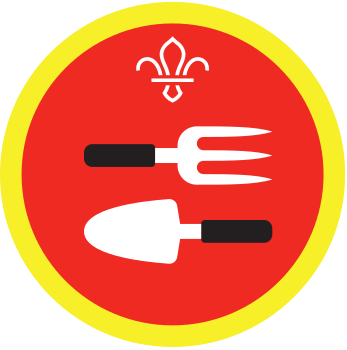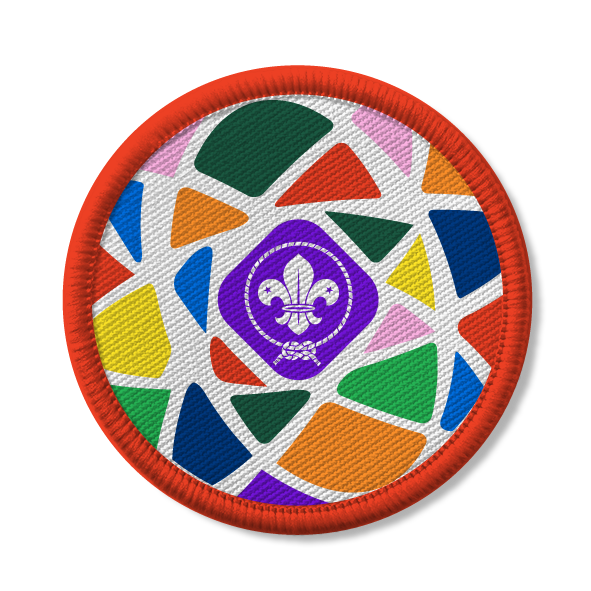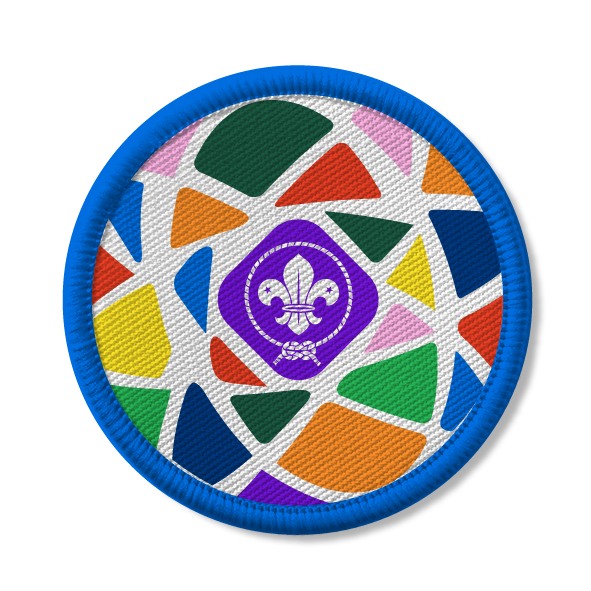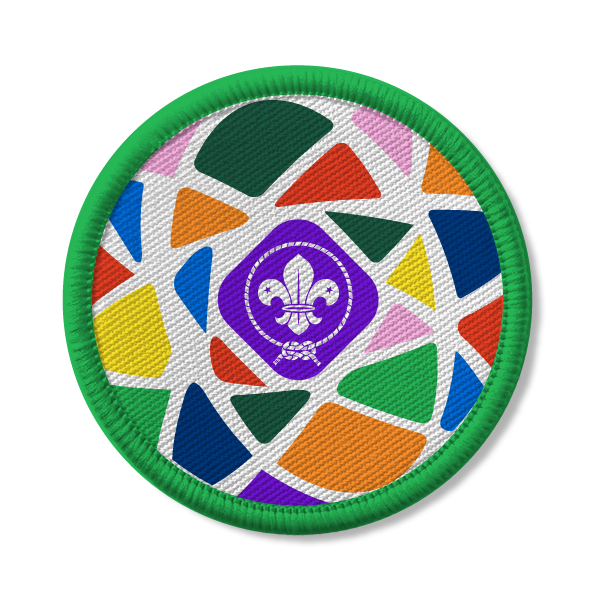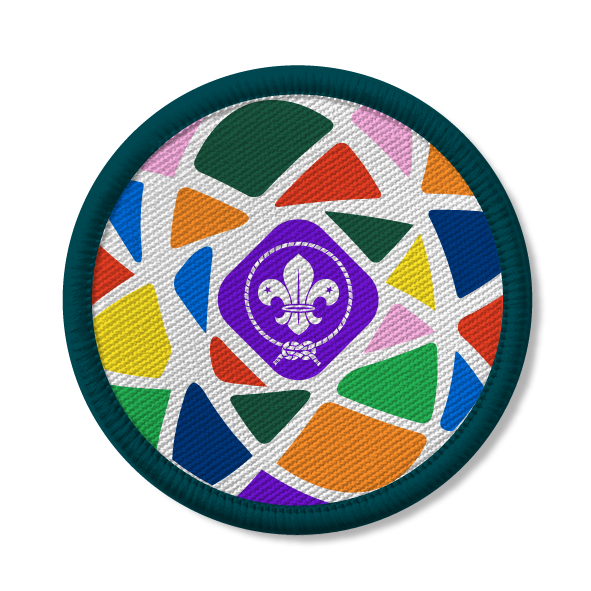
Snug as a bug
You’ll need
- Pens or pencils
- A4 paper
- Camera or phone
- Natural materials (for example, leaves, twigs, feathers)
Before you begin
- The Woodland Trust’s nature detectives spotter sheets are really helpful if you’re trying to identify minibeasts. You could use them to figure out what sort of beetle you’ve found or identify a butterfly from the patterns on its wings.
- The Seek app from iNaturalist can show you pictures of local minibeast species. You can use the camera on your device to get an identification – if your minibeast will stay still for long enough, that is!
Get to know your bugs
- Everyone should name some common minibeasts (invertebrates) that you might find in the garden (for example, ants, bees, butterflies, centipedes, ladybirds, moths, snails, slugs, worms).
- Everyone should think about the different types of invertebrate there are (insects such as bees and moths, beetles such as ladybirds, arachnids such as cellar spiders, myriapods such as millipedes and centipedes, annelids such as earthworms). What do invertebrates have in common? How are some very different to each other? Invertebrates make up 97% of all animal life on Earth, and there are around 25,000 different types in the UK.
- Everyone should think about why invertebrates are important. What jobs do they do in the animal kingdom? What do they eat? What eats them?
Minibeast hunt
- Everyone should split into small teams and hunt for invertebrates. Explore a bug hotel or an outside space to see what you can find.
- To find an invertebrate everyone should be quiet and careful. They should look in the air, around plants, in the soil, in cracks the pavement, and under stones and logs. No one should touch any invertebrates – if anyone does, they should make sure they put it back where they found it.
- Everyone should record their findings by drawing pictures or taking photographs.
- Everyone should come back together to discuss what they found. Where did they find the minibeasts? What kinds of homes or habitats did they seem to prefer? Did anyone find anything unusual or surprising?
Create a natural bug hotel
- The person leading the activity should explain that bug hotels can help lots of different types of minibeasts. They also give people a chance to see fascinating creatures up close. Bug hotels don’t need to be a big DIY project – piles of natural materials can make a cosy home too.
- Everyone should think about the kind of invertebrate that they want to attract to their bug hotel.
- Different bug hotels are made to attract certain kinds of bugs. To do this, you need to make the conditions there similar to those that minibeasts like in nature. Where does your invertebrate live in the wild? What are their favourite things? Examples of habitats include:
-
- A pile of rotting sticks and logs. This will act like a fallen tree and attract woodlice, beetles, spiders, and centipedes.
- Letting areas grow high with wildflowers and grasses. This will attract grasshoppers and bees.
- Holes and small tubes made out of bamboo, reeds, and drilled logs. These make the perfect home for solitary bees.
- Dry leaves, sticks, or straw. This will attract ladybirds. Dry leaves will mimic a forest floor, favoured by lots of different minibeasts.
- Pine cones bundled closely together, with some dried leaves in the gaps. This will be a great place for ladybirds and lacewings to hide.
- Everyone should have a go at making a bug hotel outdoors using natural materials. They could work individually, in pairs, or in groups.
- If you can get hold of some logs (and you’ve got permission from the landowner), everyone could work together in a group to create a large structure that could provide a home for loads of insects.
- Everyone should check back on their bug hotel in a week or two and record what they find there by taking photographs or drawing pictures.
You could use some spare man-made materials to make your bug hotel sturdier. Choose materials that won’t get soggy in the rain. Why not try filling your artificial materials with natural materials that your bugs will love?
Stuck for ideas? You could try:
- A plastic bottle with both ends cut off to make a cylinder (or circles cut out from the sides).
- An old terracotta plant pot – rest it on some stones and place it so that the open end is pointed down, so it doesn’t fill with rain.
- A milk or juice carton with a rectangle cut out of one side.
- A tin can with both ends cut off (make sure there are no sharp edges).
You could also use things like paper straws, toilet rolls, and lollipop sticks as well as your natural materials.
Reflection
This activity was about valuing the outdoors and looking closely at the world around you. Did you learn anything new about the important jobs invertebrates do in the natural world? What would happen if we didn’t have minibeasts of all kinds?
This activity was also about caring about the impact of your actions. If you lived in a place that had no space for invertebrates to build their homes, what could happen? How could you help to create more habitats for minibeasts in your garden, school or local park?
Safety
All activities must be safely managed. You must complete a thorough risk assessment and take appropriate steps to reduce risk. Use the safety checklist to help you plan and risk assess your activity. Always get approval for the activity, and have suitable supervision and an InTouch process.
- Gardening and nature
Everyone must wash their hands after the activity has finished. Wear gloves if needed. Explain how to safely use equipment and set clear boundaries so everyone knows what’s allowed.
Build a simple bug hotel with the whole group, or challenge teams to make their own based on the habitat of their favourite invertebrate.
If you do not have access to an outside space suitable for building a bug hotel, try contacting a local authority, park, or museum.
All Scout activities should be inclusive and accessible.
Continue to take action to support bugs or other wildlife for your Community Impact Staged Activity Badge. Why not try building a big bug hotel for your local community with Bug-ingham Palace or creating a wildflower space with Flower power.
